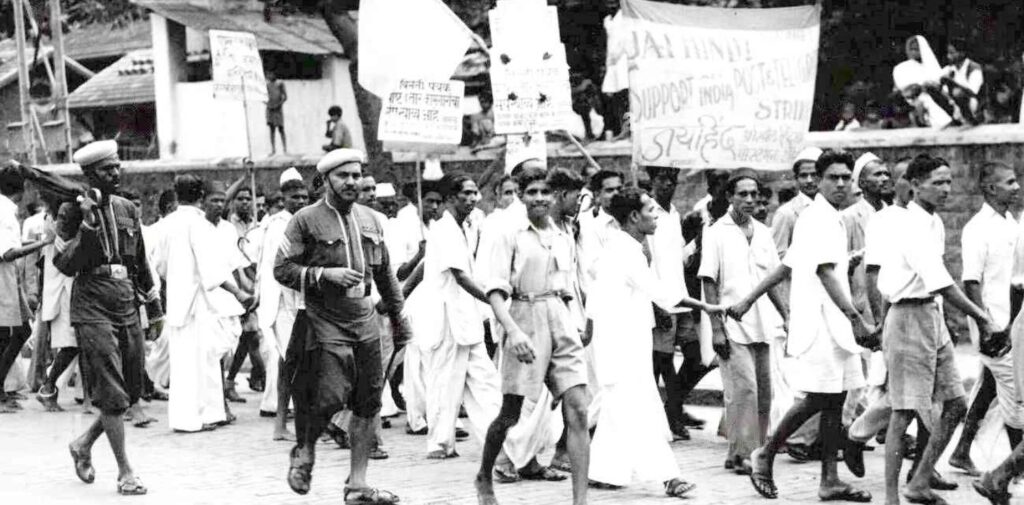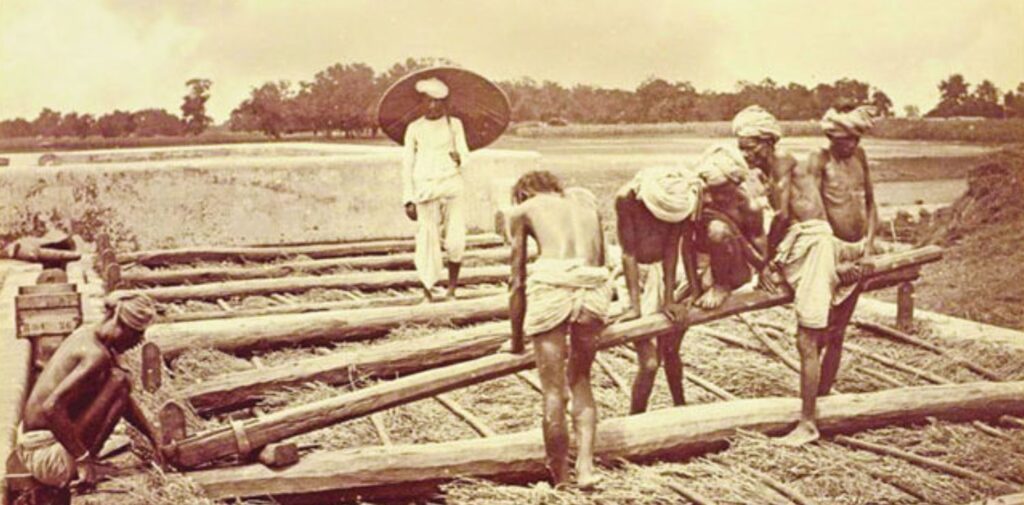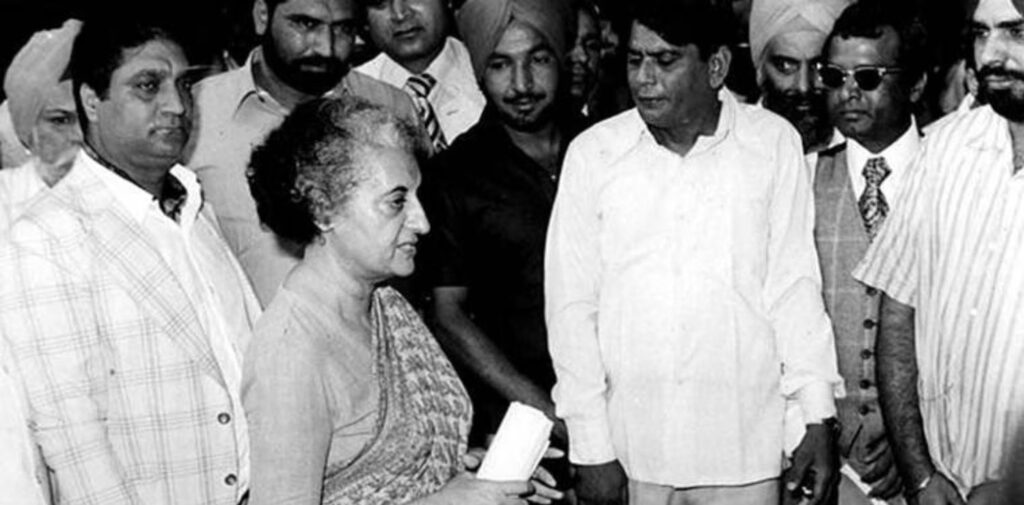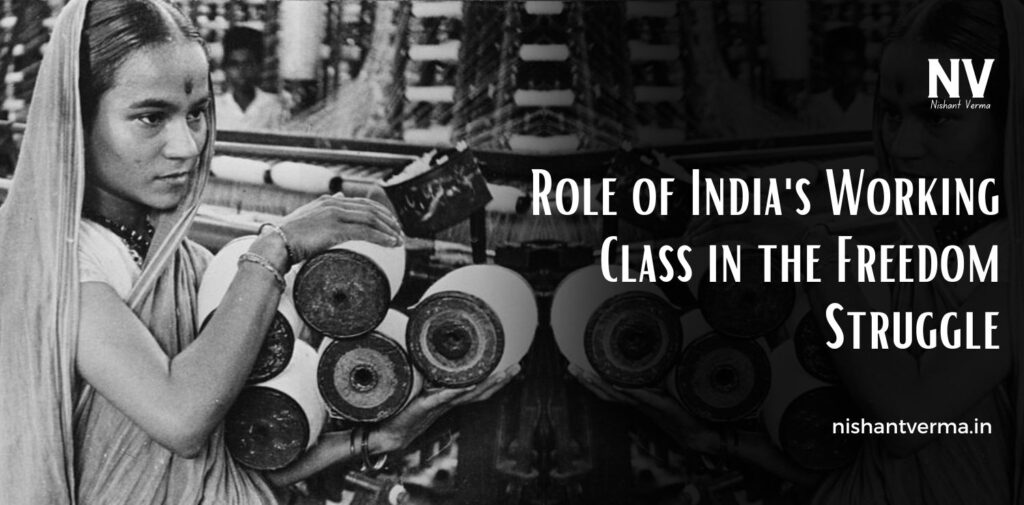India’s fight for independence was not just shaped by the efforts of political leaders or intellectuals. The working class, comprising laborers, peasants, and other toiling masses, played a crucial and often overlooked role in the struggle for freedom from British colonial rule. They were the backbone of the nation, whose sacrifices, strikes, and protests helped fuel the momentum of the independence movement. Despite this, the post-independence government, under the leadership of the Nehru-Gandhi family, has been criticized for sidelining the contributions and needs of the working class, ultimately compromising their well-being in the new India.
While figures like Mahatma Gandhi, Jawaharlal Nehru, and Indira Gandhi are celebrated for leading the nation to independence, it is essential to critically examine their role in how the working class was treated during and after the freedom struggle. This article explores the pivotal Role of India Working Class in the Freedom Struggle, their contributions to the fight for independence, and how the policies and actions of the Nehru-Gandhi family post-independence failed to address the needs of this essential segment of society.
The Working Class and the Struggle for Independence
The working class in colonial India was primarily made up of factory workers, miners, peasants, and other laborers. They lived under oppressive conditions, facing long working hours, low wages, and harsh exploitation by British capitalists and the colonial government. Despite their immense contribution to the economy, they were excluded from political power and social privileges.
The working class, however, did not remain silent in the face of such injustice. They played a significant role in India’s fight for independence through strikes, protests, and participation in revolutionary activities. Their actions were crucial in putting pressure on the British and forcing them to reconsider their control over India.

1. The Role of Industrial Workers
The industrial revolution in India brought about the growth of factories, especially in cities like Mumbai, Kolkata, and Ahmedabad. The workers in these factories, subjected to deplorable working conditions, became increasingly politicized. The trade unions and labor movements began to take shape as a means of addressing their grievances and challenging the colonial economic system.
The most notable example of the working class’s role in the struggle for independence was the Bardoli Satyagraha in 1928, led by Sardar Vallabhbhai Patel. While Patel is often associated with his leadership in the national movement, it is important to note that the success of the Bardoli Satyagraha was made possible through the active participation of workers and peasants. The workers, many of whom were part of the growing industrial workforce, organized protests and strikes that forced the British to back down. This event was a turning point in the Indian independence movement, showing the power of the working class in challenging colonial rule.
Similarly, in the Chotanagpur region (now in Jharkhand), industrial workers revolted against the British, demanding better wages and conditions. The rise of trade unions, especially those aligned with the Indian National Congress, further empowered the working class to fight for their rights, contributing significantly to the struggle for independence.
2. The Role of Peasants and Agricultural Workers
India working class was not just confined to urban centers; it also included the millions of peasants and agricultural workers spread across the rural countryside. These workers, often subjected to harsh landlords and oppressive British policies, were a crucial part of the resistance against British rule. Peasant movements like the Champaran Satyagraha (1917), led by Gandhi, and the Kheda Satyagraha (1918), mobilized the rural working class to demand better conditions.
Peasants, especially those who worked on land owned by British colonialists or British companies, were forced to grow cash crops instead of food crops, leading to widespread famine and poverty. The plight of these workers was made worse by the oppressive policies of the British government, which extracted resources from India without reinvesting in the welfare of its people.
The Quit India Movement (1942) saw peasants and workers from rural India join the broader national movement, challenging British imperialism on multiple fronts. They participated in mass protests, strikes, and non-violent resistance. These actions were often met with severe repression, but they were a testament to the collective strength of India working class.

The Nehru-Gandhi Family’s Impact on the Working Class Post-Independence
While the working class played an essential role in securing India’s independence, the policies of the Nehru-Gandhi family after 1947 often failed to address their needs and concerns. Instead of empowering the working class, the policies that followed favored industrial elites and politicians aligned with the ruling party. This created an imbalance, where the working class’s contributions to the freedom struggle were sidelined in favor of political expediency and dynastic interests.
1. Jawaharlal Nehru’s Economic Policies: A Missed Opportunity for Workers
As India’s first Prime Minister, Jawaharlal Nehru had a vision for a modern, industrialized India. He focused on building large public-sector enterprises and state-run industries, aiming to create a self-reliant nation. However, while Nehru’s industrial policies were commendable in some respects, they largely neglected the well-being of the working class.
The growth of industries under Nehru’s government did not result in a fair distribution of wealth or improved conditions for workers. The working conditions in factories remained poor, wages were low, and the workers continued to face exploitation. The Nehru-Gandhi family’s government failed to implement comprehensive labor reforms that would have protected workers’ rights, improved their living conditions, and ensured job security.
Instead of empowering labor unions and providing them with a platform to demand better rights, the government often clamped down on strikes and protests. Workers’ demands for better wages, working conditions, and social security were routinely ignored or suppressed.
2. The Dynastic Politics and the Marginalization of Workers
Another critical issue in the post-independence period was the centralization of power within the Nehru-Gandhi family, which led to the marginalization of workers in the political process. While the Nehru-Gandhi family’s influence on the national stage grew, the voices of the working class were pushed to the sidelines.
In fact, the Nehru-Gandhi family’s grip on political power, particularly through the Congress Party, often led to the prioritization of elite interests over those of the working class. Instead of focusing on policies that would improve the lives of workers, the government’s attention was directed toward expanding the state and centralizing power. This focus on dynastic politics also meant that there was little space for other political voices or alternative movements that could have advocated for the rights of the working class.
The influence of the ruling family over trade unions and other organizations further stifled the working class’s ability to demand change. Trade unions, which could have been powerful instruments for social change, were often co-opted by political elites, making it harder for them to advocate effectively for workers’ rights.

3. Indira Gandhi and the Suppression of Workers’ Movements
Indira Gandhi, Nehru’s daughter, continued the legacy of suppressing labor movements in the 1970s. The most glaring example of this was the Emergency period (1975-1977), when civil liberties were suspended, and political dissent was ruthlessly crushed. Workers’ movements, particularly those that were critical of the government, were targeted during this period.
Indira Gandhi’s government also failed to address critical issues such as the rights of agricultural laborers and the implementation of labor laws that could protect workers in both urban and rural sectors. Many of the promises made to workers during the independence struggle were left unfulfilled, and the working class continued to suffer in the new India.
Conclusion: Role of India Working Class
The working class played a crucial role in India’s fight for independence. From the industrial workers who went on strike to the peasants who protested against oppressive British policies, their contributions were invaluable to the success of the freedom struggle. However, the post-independence government, under the leadership of the Nehru-Gandhi family, failed to adequately reward or support the working class.
While Nehru and Indira Gandhi’s policies may have been motivated by their vision of a modern, self-reliant India, they often neglected the very people who had been the backbone of the independence movement. The lack of meaningful labor reforms, the suppression of workers’ movements, and the continued exploitation of the working class stand as a testament to the Nehru-Gandhi family’s failure to address the needs of the labor force in post-independence India.
The true spirit of India’s independence movement cannot be understood without acknowledging the sacrifices and contributions of the working class. It is high time we remember their struggle and ensure that their voices are heard in the ongoing political discourse.




